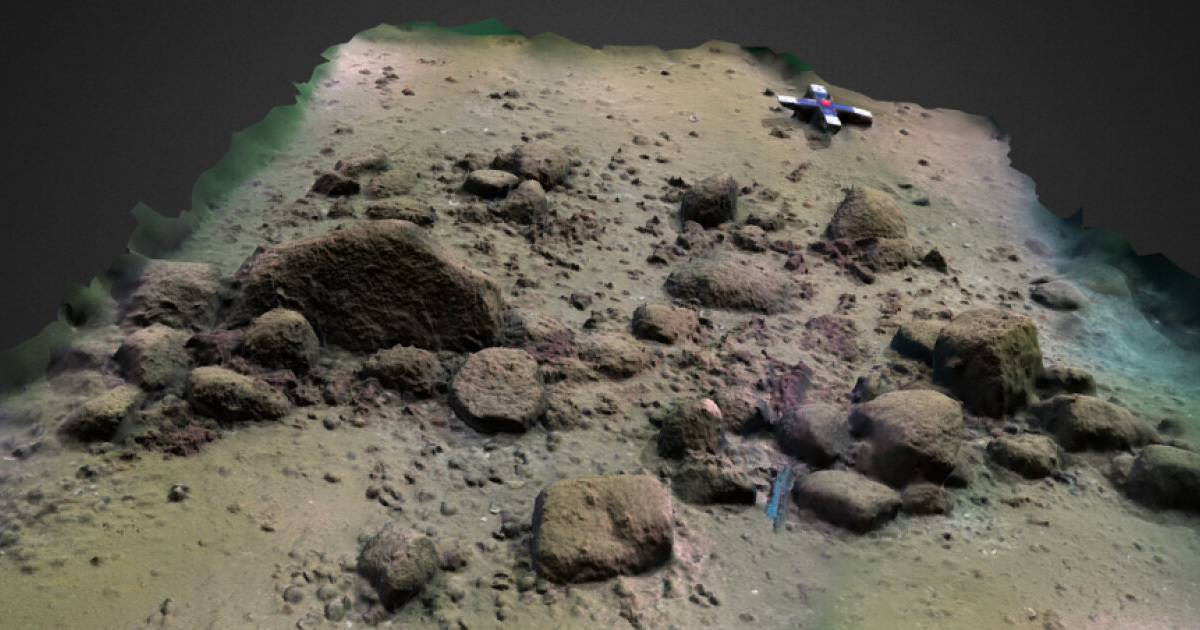Scientists have found a giant wall underneath the Baltic Sea — and they’re pretty sure humans made it.
In a new paper published in the Proceedings of the National Academy of Sciences, the German research team who discovered the megastructure, which they’ve called the Blinkerwall, say they believe it was constructed for hunting on land.
As the paper penned by geoscience researchers led by Kiel University notes, some parts of the Baltic Sea basin only submerged in the mid-Holocene era, dating back between 5,000 and 7,000 years.
With sediment dating estimates putting the Blinkerwall’s age at between 10,000 and 11,000 years ago during the Stone Age, scientists say the uniformity of this lengthy structure — which runs for 971 meters, or roughly 60 percent of a mile — makes it seem more likely to have been made by humans than by the movements of glaciers or tsunamis. If they’re right, it could be the “oldest man-made megastructure in Europe,” the paper declares.
Since the auto-tldr doesn’t mention it, in this case “megastructure” is a wall. Likely built on land, then submerged with time.
By the way, there’s evidence of similar kinds of walls used for hunting by North American natives.



